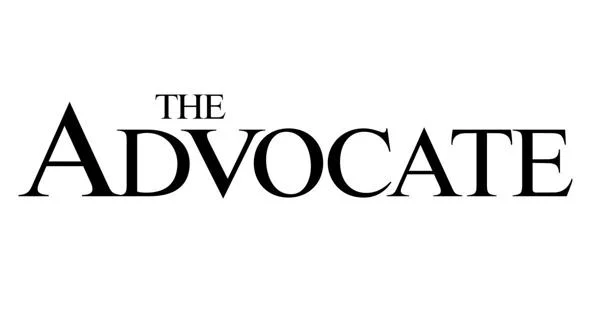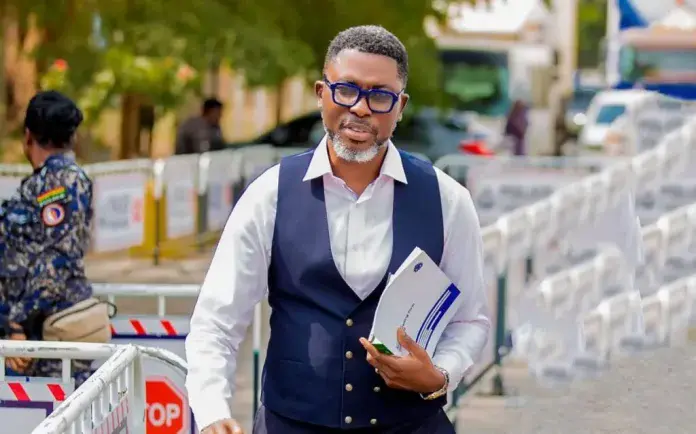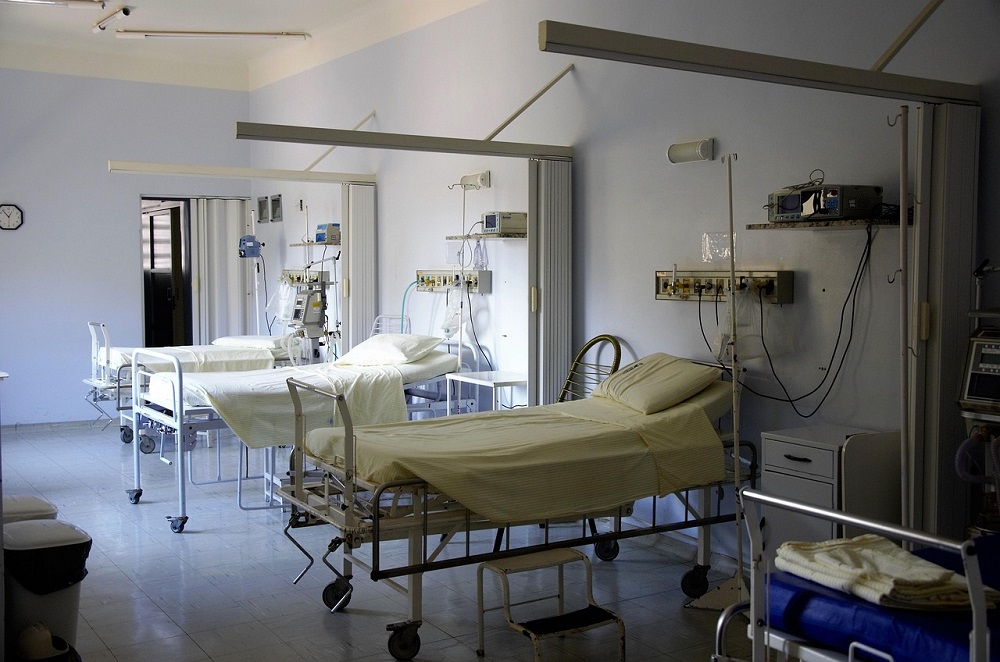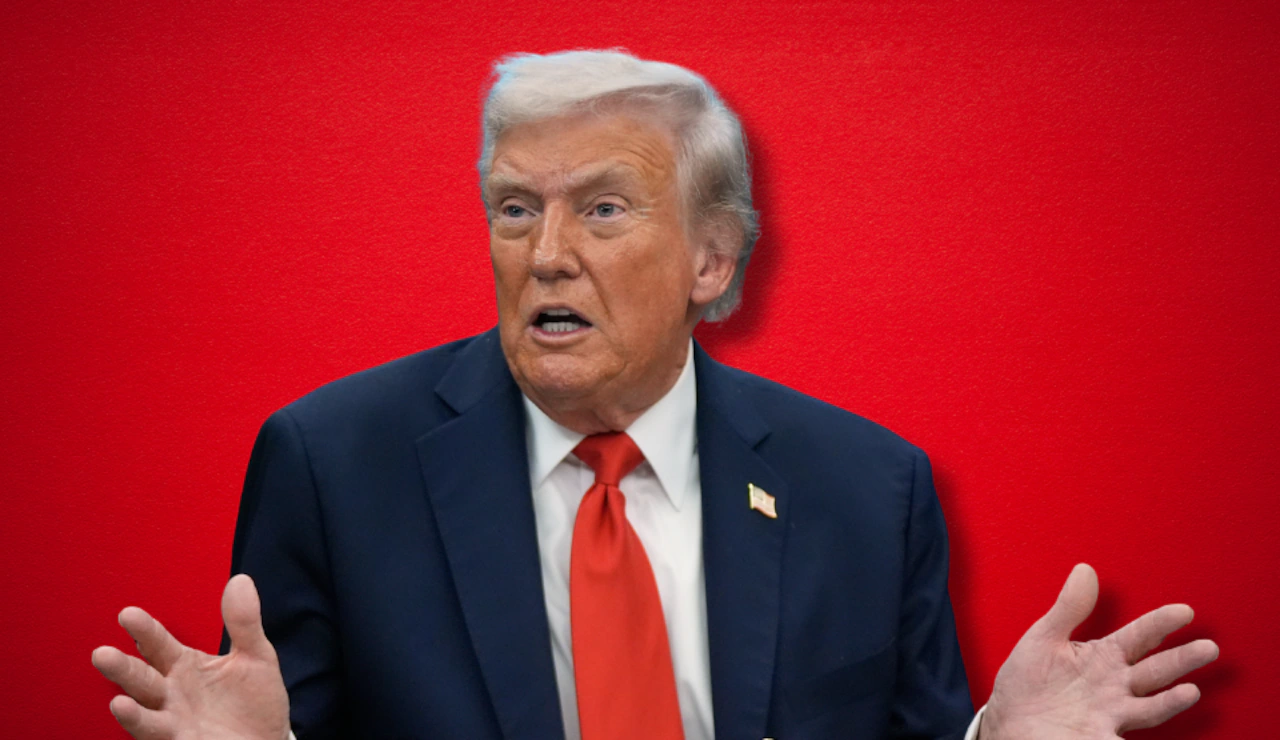Copyright Baton Rouge Advocate

The Acupuncture Center of Acadiana has been a quiet and steady presence in Lafayette’s healing community since 1997. Its founder, John Hebert, is a licensed and board-certified practitioner of acupuncture and Chinese medicine who blends classical wisdom with modern understanding. A graduate of Samra University of Oriental Medicine in Los Angeles, Hebert completed a two-year clinical internship in China and is a certified Diplomat of Acupuncture and Chinese Herbal Medicine. He also helped found the Acupuncture Association of Louisiana. At his practice inside Camélia House, Hebert focuses on helping the body restore balance through acupuncture, herbal medicine and related therapies. He shares about what acupuncture really is, how it works and what patients can expect. What led you to open the Acupuncture Center of Acadiana nearly three decades ago? When I returned from studying in China, I felt a deep pull to bring that experience back home. There weren’t many places in Louisiana offering acupuncture at the time, and I wanted to create a center where people could access genuine, well-rounded care rooted in traditional Chinese medicine. Over the years, the goal has always been the same: to help people reconnect with their own capacity to heal. For those new to the idea, what exactly is acupuncture? Acupuncture is a method of encouraging the body to promote natural healing and improve function. It’s one of eight branches of traditional Chinese medicine and is based on the principle of Yin and Yang — the balance between opposing but interconnected forces like activity and rest, or body and mind. When these forces are in balance, life energy or Qi (pronounced “chee”) flows smoothly through the body. When that flow is blocked or weakened, pain or illness can develop. Through the very precise placement of very fine needles at specific points, acupuncture helps restore balance and communication within the body. Simply put, it’s the art and practice of correcting imbalance, which allows the body’s natural self-regulating abilities to do what they’re meant to do: heal. How does acupuncture work on a physiological level? The classical Chinese explanation is that energy travels through the body in a network of meridians, like a series of rivers that nourish and connect every part of the body. When one of these rivers gets blocked, you might have pain, fatigue or dysfunction in certain areas. By stimulating specific acupuncture points, we can remove those blockages and restore the free flow of Qi. From a biomedical view, acupuncture influences multiple systems at once. It can reduce inflammation, regulate immune function, improve circulation and even rebalance the autonomic nervous system — the part that controls your body’s fight-or-flight and rest-and-digest responses. While some people talk about an endorphin release as the main mechanism, it’s only part of the story. The most powerful effects come from improved circulation, nervous system regulation and the body’s ability to move out of chronic stress patterns. What conditions do you most often treat? Most people know acupuncture for pain — things like back pain, migraines or arthritis. But we also treat a wide range of chronic and acute conditions. Common ones include hormonal imbalances, autoimmune disorders, allergies, anxiety, depression and digestive disorders. In recent years, I’ve seen remarkable results in using acupuncture to help with stress and anxiety. One of its greatest strengths is its ability to help the body shift out of the constant “fight-or-flight” state that so many people live in today. By calming the nervous system, acupuncture promotes deep relaxation and helps the body regain balance. What does a typical first visit look like? The first session always begins with a conversation. We go over medical history, current complaints, and even emotional or environmental factors that could be affecting health. Many people are nervous their first time, but that usually fades as soon as they realize how gentle and relaxing acupuncture actually is. Most patients leave the session feeling deeply calm and many notice some level of relief right away. How many treatments does someone usually need? That really depends on the condition and the individual. For chronic or long-standing issues, I might recommend one or two sessions a week for several months. For acute problems like a sprained ankle or a tension headache just a few visits may do the trick. Once a patient’s main complaint is resolved, maintenance sessions may be recommended. It’s a good way to keep the body in balance and prevent issues from coming back. What are your favorite success stories? My favorite moments are when people start believing in their own wellness again. Sometimes patients come in after years of trying different treatments without finding relief — what I call “cases of desperation.” They’ve been passed from practitioner to practitioner, collecting diagnoses and prescriptions along the way.



